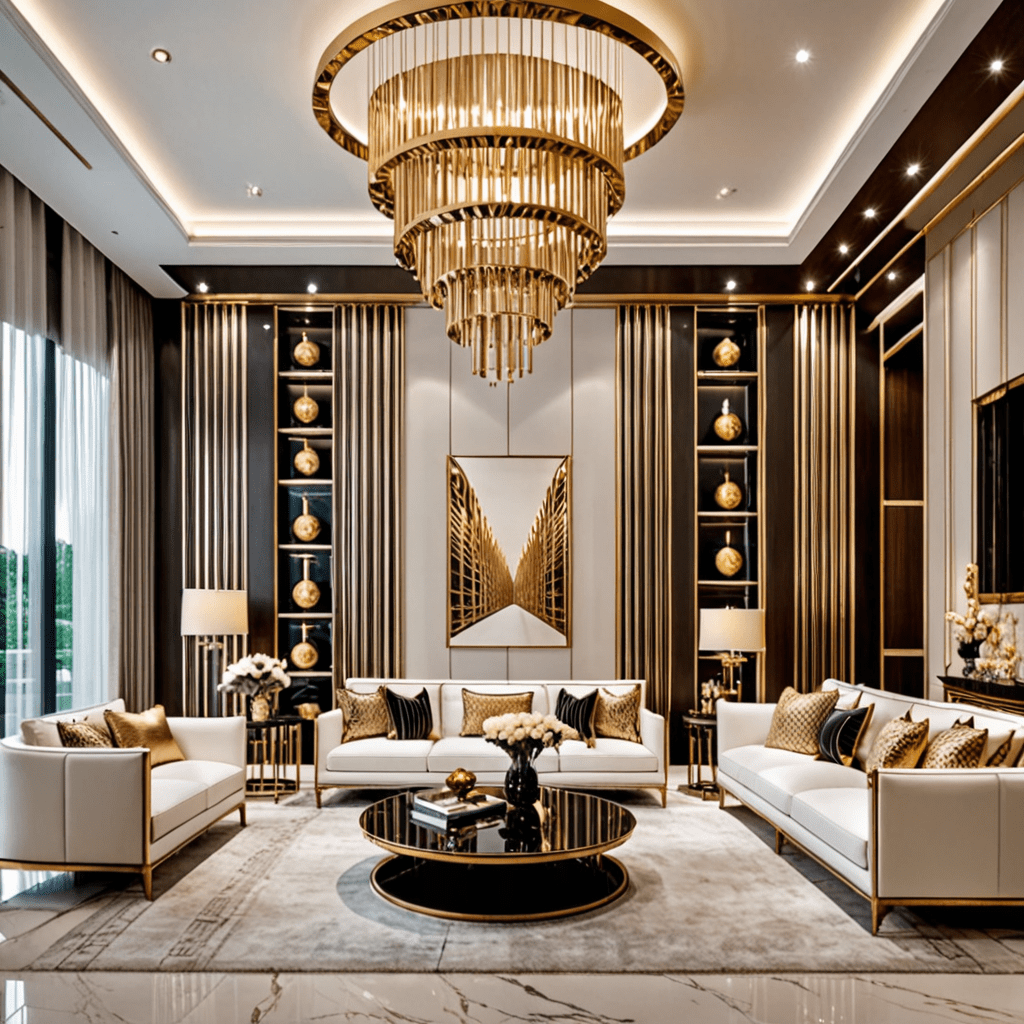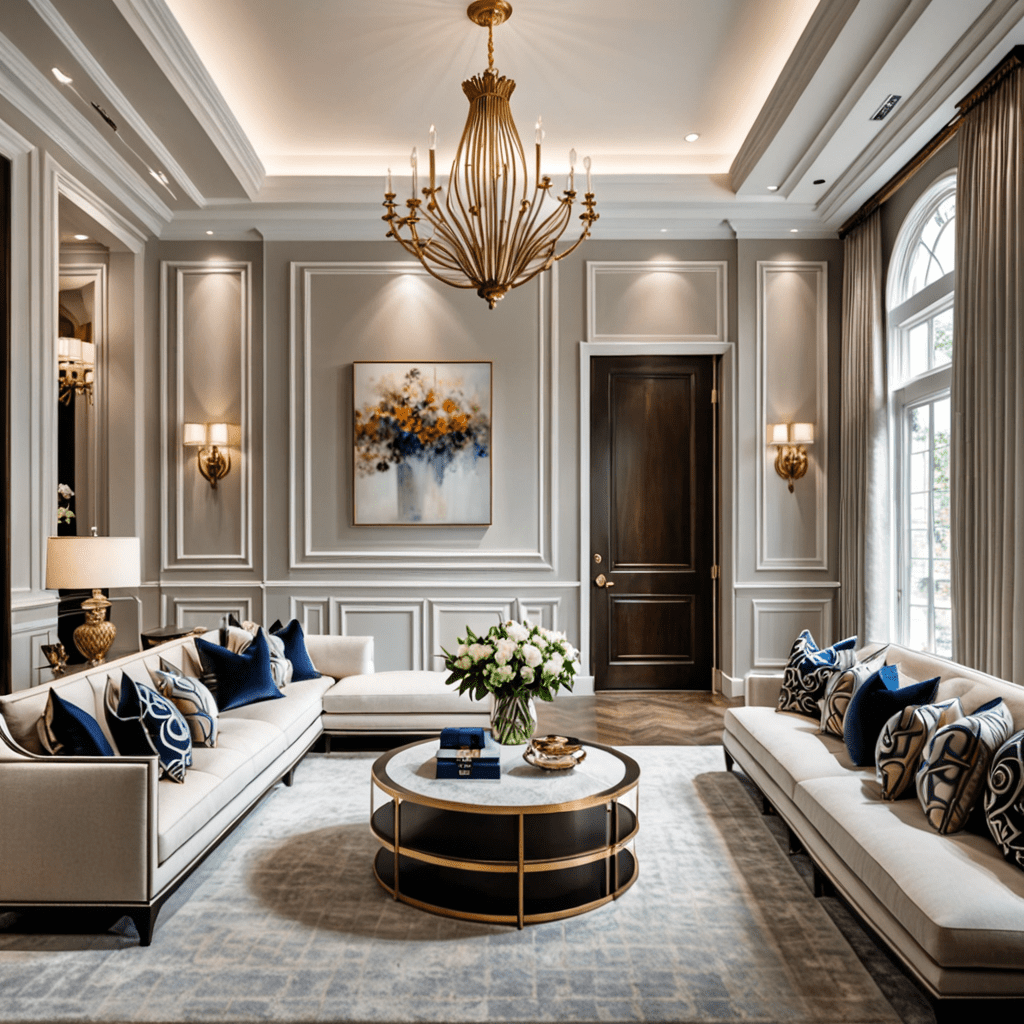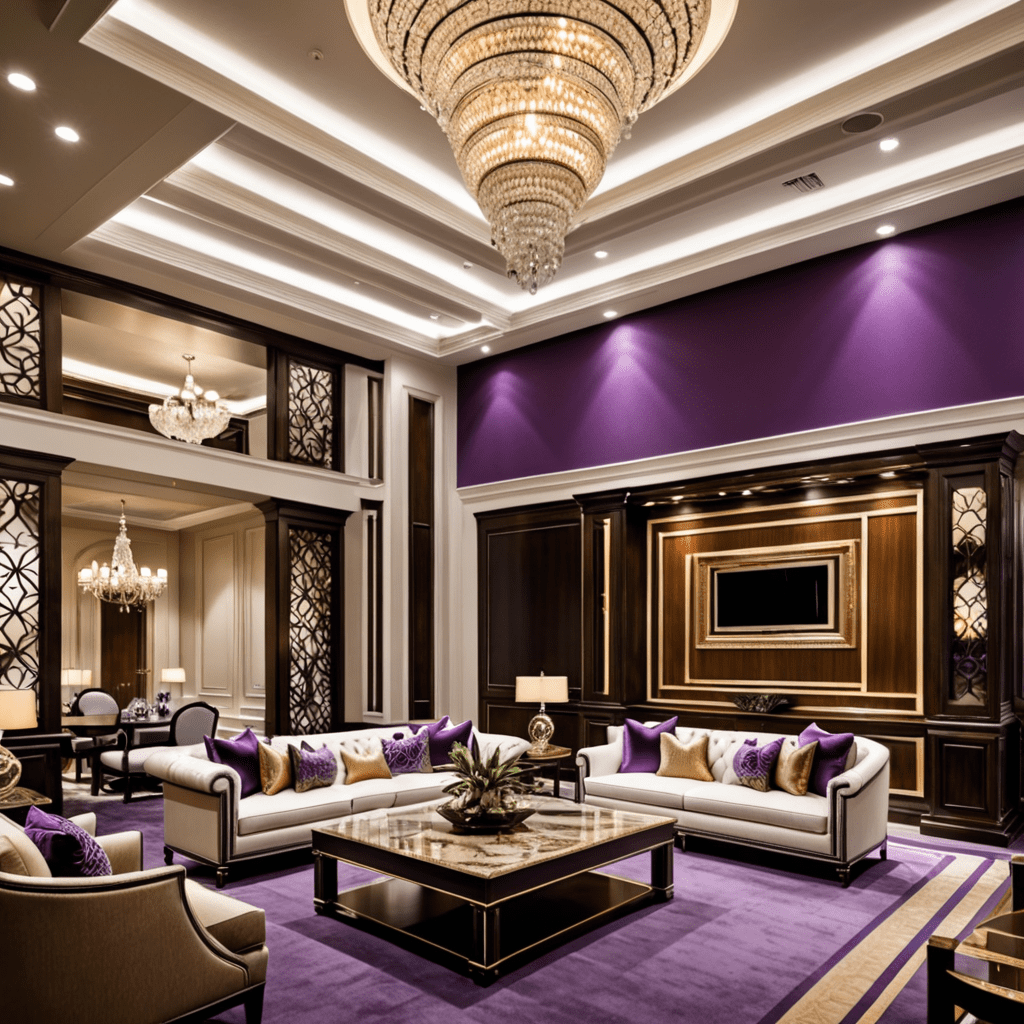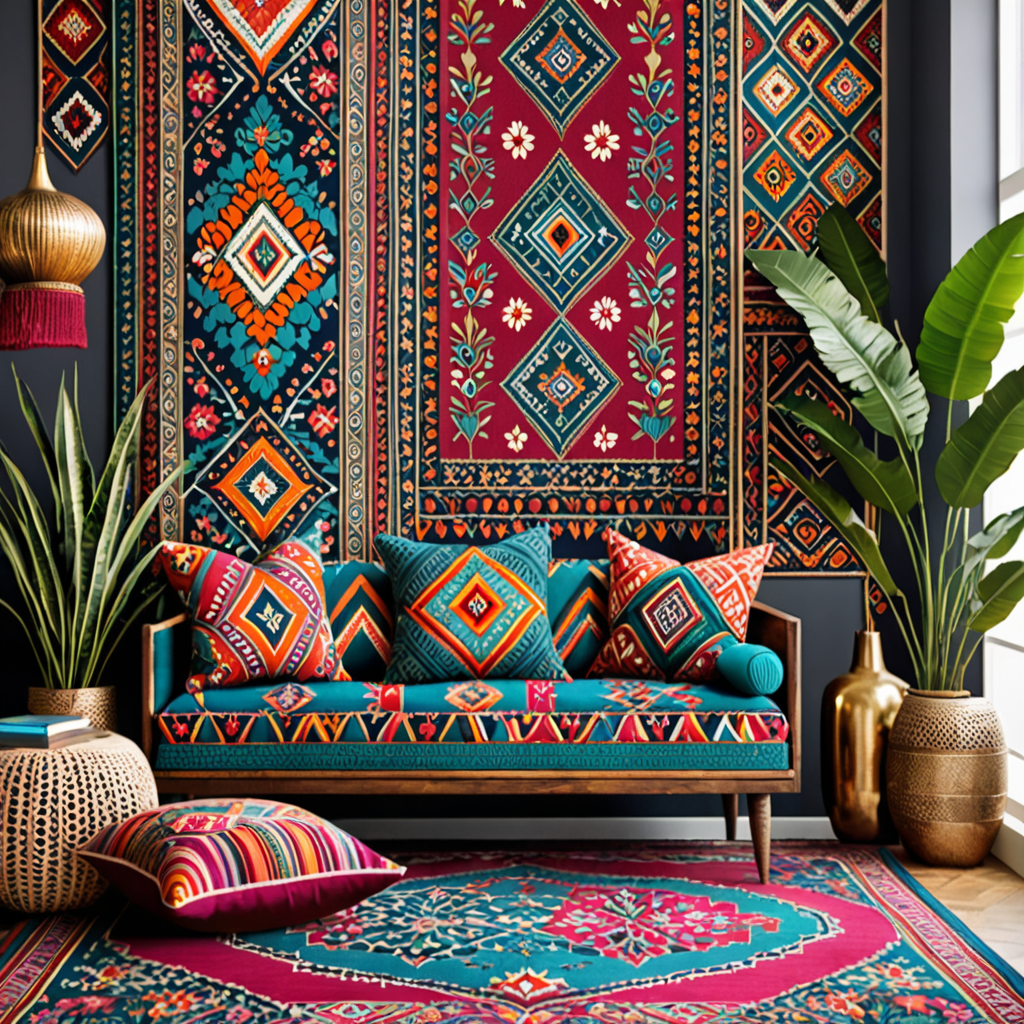Gothic Revival: A Guide to the Elements
Introduction to Gothic Revival Elements
Gothic Revival Elements, also known as Victorian Gothic or Neo-Gothic, is an architectural and design style that emerged in the 18th and 19th centuries. It draws inspiration from the medieval Gothic architecture, with its pointed arches, ribbed vaults, and intricate detailing. This style became popular during the Victorian era and continues to captivate homeowners with its unique charm and timeless elegance.
In interior design, Gothic Revival Elements play a crucial role in creating a comfortable and aesthetically pleasing living space. It combines elements of grandeur and intricacy with a sense of history, adding depth and character to any room. Whether you’re a fan of period dramas or simply appreciate the beauty of Gothic architecture, incorporating these elements into your home can create a truly enchanting atmosphere.
Key Elements of Gothic Revival Elements
To truly embrace the Gothic Revival style, it’s important to familiarize yourself with its key elements. Here are a few elements that define this captivating design:
1. Pointed Arches
One of the most distinguishing features of Gothic Revival architecture is the use of pointed arches. These arches provide a sense of verticality and create a visually striking effect. Whether in doorways, windows, or even furniture, incorporating pointed arches can instantly bring a touch of Gothic style to any space.
2. Ribbed Vaulting
Ribbed vaulting is another hallmark of Gothic Revival architecture. This structural technique involves a series of intersecting arches that support the ceiling and distribute weight evenly. By incorporating ribbed vaulting in your home, whether through architectural details or decorative elements, you can add an authentic touch of Gothic design.
3. Ornate Carvings
Gothic Revival design is known for its intricate and ornate carvings. From detailed motifs on furniture to elaborate woodwork on walls and ceilings, these carvings add a sense of richness and drama to the space. Look for furniture pieces with carved details or consider adding architectural elements like corbels or rosettes to achieve this Gothic aesthetic.
4. Stained Glass Windows
Stained glass windows are synonymous with Gothic architecture. Their vibrant colors and intricate designs allow natural light to filter through, creating a mesmerizing and ethereal effect. Adding stained glass windows or incorporating stained glass-inspired elements in your home can instantly elevate the Gothic Revival style.
5. Dark Color Palette
To embrace the moody and dramatic ambiance of Gothic Revival design, opt for a dark color palette. Shades like deep reds, purples, and rich browns create a sense of warmth and intimacy. Combine these hues with metallic accents or light-colored textiles to balance the darkness and add visual interest.
6. Decorative Hardware
Pay attention to the hardware you choose for your furniture and fixtures. Gothic Revival design often features decorative hardware, such as drawer pulls, hinges, and doorknobs with intricate designs. Selecting hardware that complements the overall Gothic aesthetic can further enhance the authenticity and beauty of the space.
Tips for Gothic Revival Elements
Now that you’re familiar with the key elements of Gothic Revival style, here are some practical tips for incorporating these elements into your home:
1. Embrace the Contrast
Gothic Revival design is all about contrast. Embrace the dynamic interplay between light and dark, ornate and simple, and traditional and modern. For example, pair a dark wood dining table with lighter upholstered chairs or display a contemporary artwork against a backdrop of intricately carved paneling. This contrast will create a visually striking and harmonious space.
2. Choose Statement Pieces
Invest in a few statement pieces that embody the essence of Gothic Revival design. Look for furniture with intricate carvings, ornate details, and unique shapes. These pieces will serve as focal points in your space and instantly capture the essence of this style.
3. Incorporate Textiles
To soften the dramatic aesthetic of the Gothic Revival style, introduce textiles with rich textures and patterns. Velvet, brocade, or tapestry fabrics in deep hues can add warmth and comfort to the space. Consider using these textiles for curtains, upholstery, or decorative pillows to create an inviting and cozy atmosphere.
4. Pay Attention to Lighting
Lighting is crucial in creating the right ambiance for your Gothic Revival space. Opt for chandeliers or wall sconces with intricate metalwork and stained glass shades to evoke the authentic Gothic feel. Additionally, add softer lighting options like table lamps or candles to create a warm and intimate atmosphere during evenings.
5. Balance the Elements
While embracing the elements of Gothic Revival design, it’s important to strike a balance to avoid overwhelming the space. Mix ornate and simple pieces, incorporate modern elements amidst the traditional ones, and allow negative space to provide visual relief. This balance will create a harmonious and well-curated Gothic Revival interior.
FAQ about Gothic Revival Elements
Question 1: What other architectural styles can complement Gothic Revival design?
– Answer: Victorian, Tudor, and Art Nouveau are architectural styles that can complement Gothic Revival design. They share similar characteristics, such as intricate detailing and a sense of history, making them a harmonious combination.
Question 2: Can Gothic Revival design work in small spaces?
– Answer: Absolutely! Gothic Revival design can work in small spaces as well. Focus on incorporating key elements like pointed arches or stained glass windows to create the illusion of height and depth. Choose furniture pieces with slim profiles to maximize space and maintain a sense of openness.
Question 3: How can I incorporate Gothic Revival elements without overwhelming the space?
– Answer: To incorporate Gothic Revival elements without overwhelming the space, start with smaller decorative pieces like furniture or accessories. Gradually introduce larger elements like architectural details or wall paneling. By layering these elements gradually, you can create a balanced and cohesive design.
Question 4: Can Gothic Revival design be combined with modern elements?
– Answer: Yes, combining Gothic Revival design with modern elements can create a unique and captivating interior. Mix sleek, contemporary furniture pieces with ornate Gothic-inspired accents or incorporate modern artwork against a backdrop of Gothic architectural details to achieve this fusion.
Question 5: Is Gothic Revival design still relevant today?
– Answer: Absolutely! The timeless elegance and captivating beauty of Gothic Revival design continue to inspire homeowners and designers alike. Its rich history and intricate detailing make it a style that transcends time, adding depth and character to any living space.
Incorporating Gothic Revival Elements into your home can transform it into an enchanting and timeless space. By understanding the key elements, following practical tips, and striking a balance, you can create a Gothic Revival interior that is both comfortable and aesthetically pleasing. So, embrace the elegance of this design style and let the beauty of Gothic Revival Elements fill your home with charm and character.




